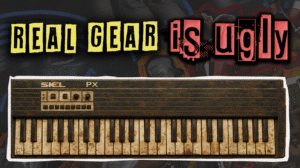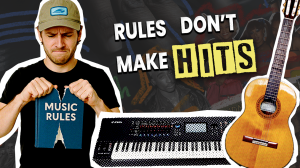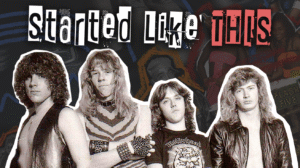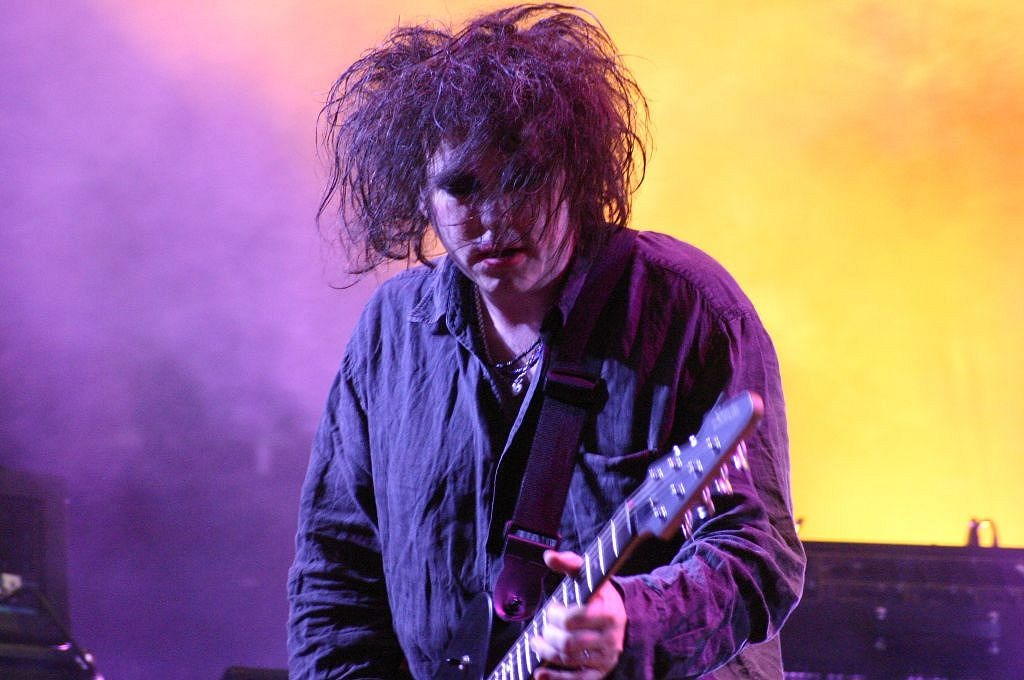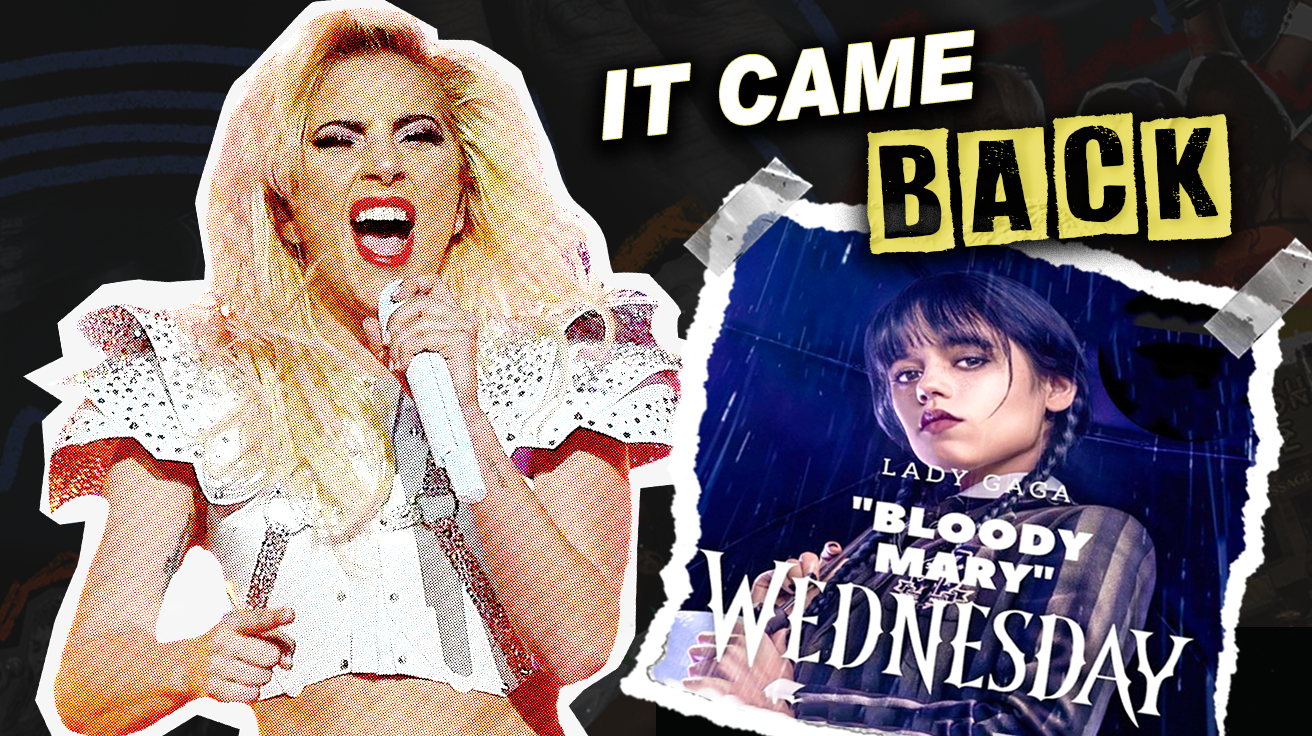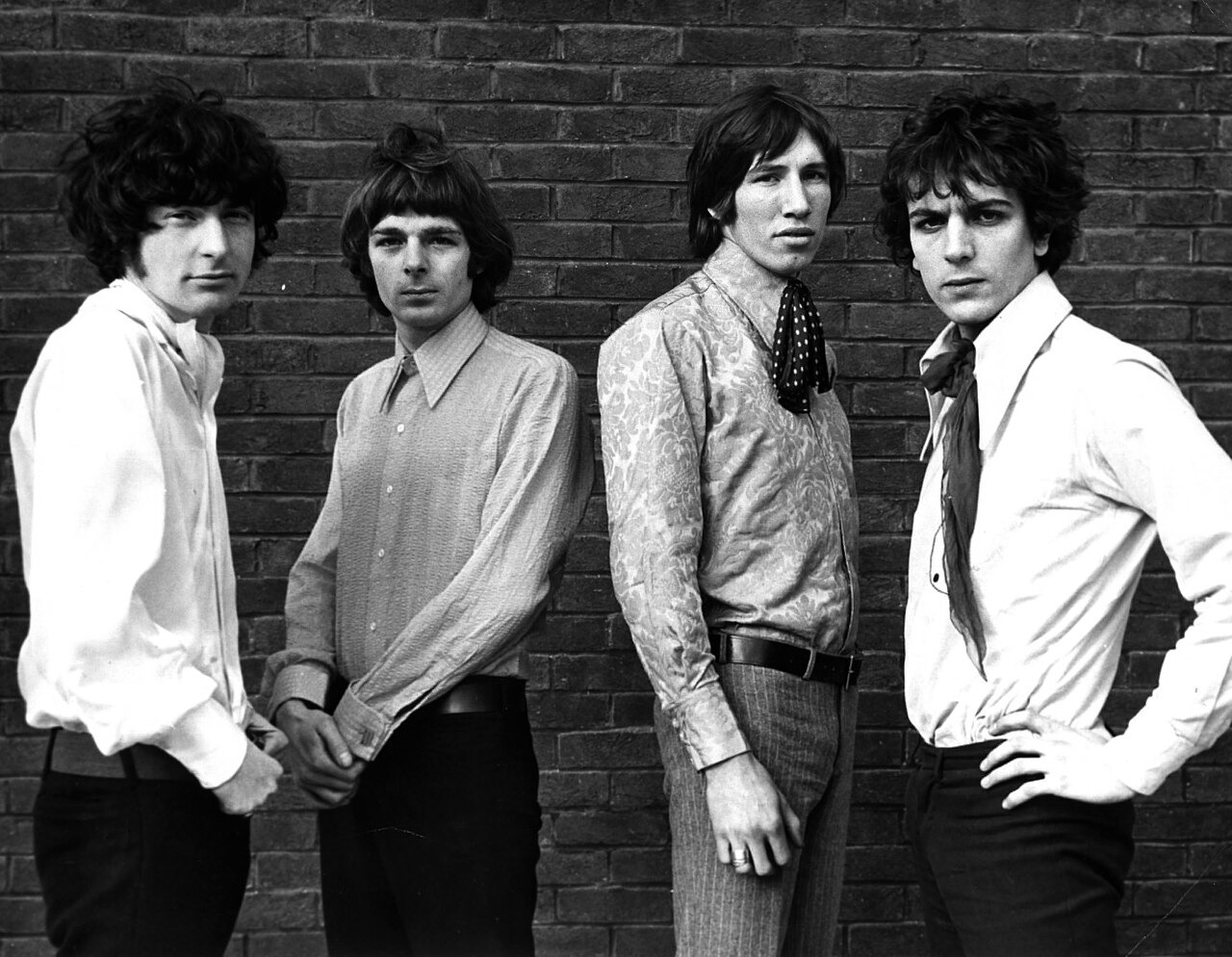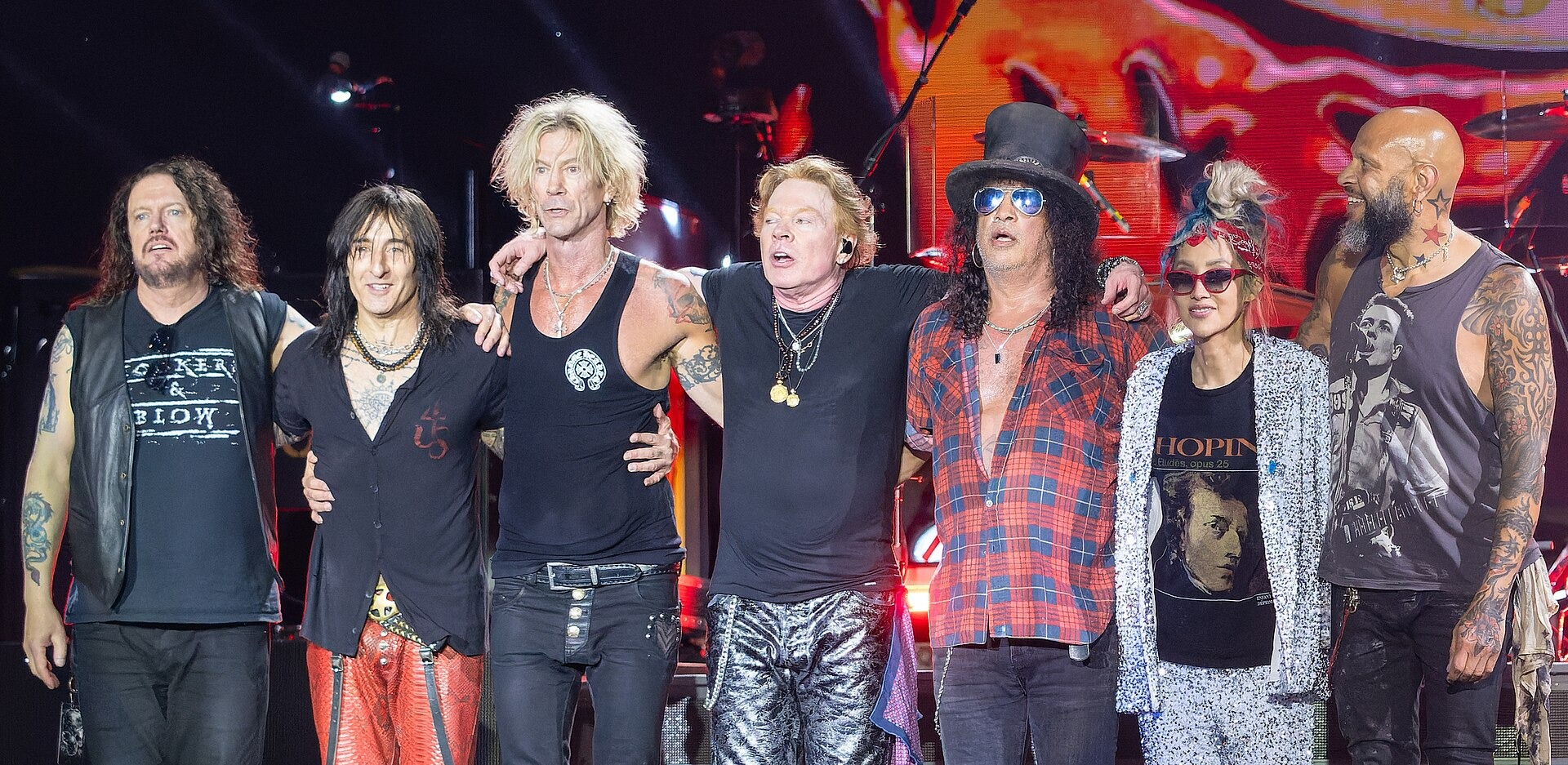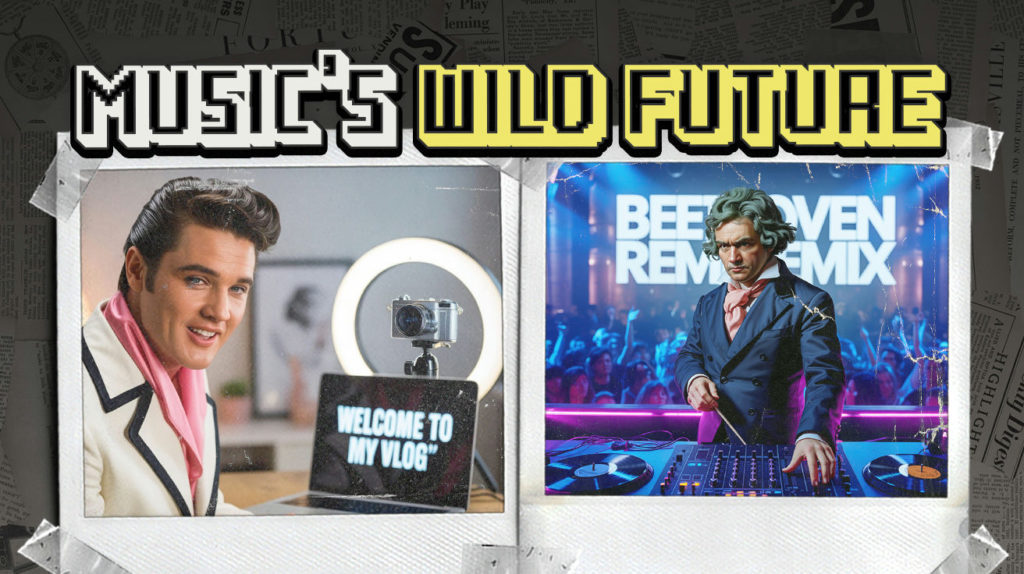
The music industry is getting a complete neural makeover. AI video creation tools now democratize what once required major label budgets. From immersive concert experiences to bedroom producers creating Grammy-worthy visuals, these emerging trends aren’t just changing what we watch. They’re fundamentally transforming how artists connect with fans. Think of it as the difference between a polished stadium show and an intimate acoustic session. Now bedroom creators can deliver both experiences with nothing but a laptop and some serious algorithmic magic.
Independent artists report slashing video production costs by up to 90% while major labels scramble to keep up with this creative revolution. The rapid evolution of music and artificial intelligence overview has transformed how artists create, distribute, and market their work, making AI a central force in today’s music industry. Recent innovations like the AI music creation tool developed by Google and Jacob Collier are making professional-level production accessible to creators of all skill levels, further accelerating this shift.
12. OpenAI Sora AI-Enhanced Sensory Music Videos

AI video generation has flipped the music industry’s creative hierarchy upside down. Tools like OpenAI’s Sora and Google’s Veo democratize music video production much like bedroom pop changed recording. Suddenly every artist with a SoundCloud account can create visuals that rival major label productions. The technical barriers that once separated indie musicians from mainstream video content have crumbled faster than a boyband after their first world tour. Tools like OpenAI Sora video generation are democratizing high-quality video creation, allowing independent musicians to produce visuals that rival major label productions.
This accessibility explosion hasn’t just increased music video volume. It’s sparked entirely new visual languages that complement emerging genres. Artists no longer need to choose between spending money on studio time or music videos. They can have both. This creates a renaissance where sonic innovation meets visual storytelling without the traditional gatekeepers.
11. Google Veo 3 AI-Enhanced Sensory Music Videos

AI is revolutionizing how music videos trigger emotional and physical responses. The technology creates increasingly sophisticated sensory experiences. While traditional music videos rely on human choreography and cinematography, AI tools study thousands of hit videos to create perfectly timed visual moments that enhance specific musical elements. Think of it as having a music video that knows exactly when to hit you with that visual drop. The Google Veo 3 AI model enables creators to generate cinematic, audio-integrated videos, pushing the boundaries of what’s possible in music video production.
These videos represent AI’s deep learning capabilities at their most refined for music consumption. The integration of hyper-realistic visuals with complex soundscapes creates immersive experiences. Traditional music videos struggle to match this precision. This trend signals a future where AI content might understand our musical preferences with unprecedented accuracy. Though many examples remain experimental rather than radio-ready.
10. Absurdist AI-Generated Music Comedy

In the weird corners of AI video creation, absurdist music humor reigns supreme. Emerging AI video generators excel at creating unexpected, deadpan comedy scenarios. Picture death metal bands performing lullabies or classical composers struggling with modern recording equipment. These bizarre musical situations have garnered millions of views across platforms like TikTok and YouTube. According to AI in music industry statistics, over a third of professional music producers now use AI tools, fueling a surge in experimental and comedic content across platforms.
What makes these videos distinctive is their commitment to the musical bit. There’s no explanation for why that jazz quartet is performing in a grocery store. Or why that rapper is spitting bars about tax preparation. It’s comedy that works precisely because it offers no resolution. This creates a viewing experience that feels like scrolling through music memes come to life. The trend demonstrates AI’s surprising aptitude for generating the kind of random, contextless humor that defines internet music culture.
9. Legendary Musicians as Modern Content Creators

Music history has found an unexpected second life through AI content. Channels featuring deceased legends like Johnny Cash and Freddie Mercury as modern vloggers have proliferated across platforms. These blend familiar social media formats with artists who defined entire generations but never lived to see the digital age. Popular examples include “Elvis Explains Auto-Tune” and “Beethoven Reviews Modern Pop,” which have accumulated over 50 million combined views. The rise of AI-generated artist personas raises important questions about copyright and authenticity, as highlighted in AI’s impact on music licensing.
These videos work because they perfectly balance absurd premises with surprisingly authentic musical insights. Watching Elvis explain modern pop production techniques feels like the digital equivalent of comfort food. Strange yet oddly satisfying. The format creates a bizarre parasocial relationship between viewers and musical icons. This opens doors for other legendary figures to join the content creator economy.
8. Historical Musicians as Modern Influencers

Music class never prepared us for Mozart as a TikTok star, yet here we are. AI historical musician vlogs reimagine classical composers and early recording artists through a distinctly modern lens. They transform dusty textbook figures into engaging content creators who actually make music theory interesting. Channels like “Bach’s Productivity Tips” have gained over 2 million subscribers by explaining counterpoint through modern workflow analogies.
These videos succeed by applying contemporary formats to historical musical contexts. Bach becomes a productivity influencer explaining counterpoint. Miles Davis documents his creative process like a modern studio vlogger. The juxtaposition creates both educational value and entertainment. This makes music history accessible in ways traditional documentaries never could. When historical figures adopt modern communication styles, music education suddenly becomes relatable to audiences who might otherwise scroll past.
7. Fictional Band Documentaries
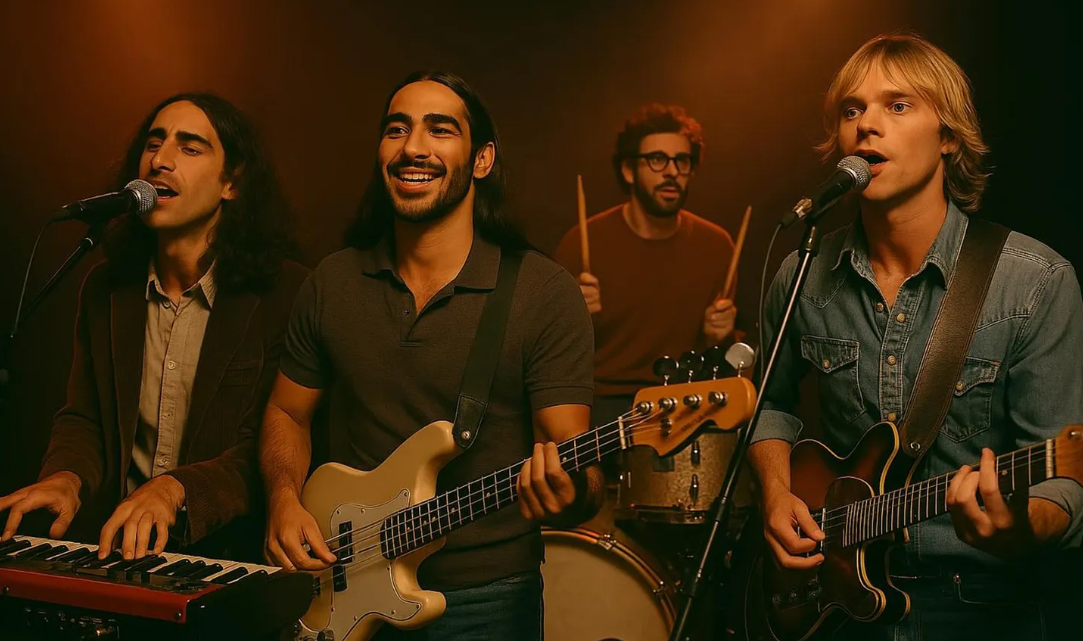
The music documentary format has found new life through AI-generated fictional bands with complete backstories, albums, and drama. These mockumentaries transform non-existent musicians into fully realized content creators, documenting everything from studio sessions to tour shenanigans with the authenticity of real rock docs.
What began as simple character creation has evolved into experimental storytelling that tests the boundaries between fan fiction and legitimate music journalism. The format allows viewers to experience familiar music industry narratives from fresh perspectives, creating an immersive extension of beloved rock mythology. This trend demonstrates how AI empowers creators to participate in music storytelling without needing actual musicians, blurring the line between consumer and content creator.
6. Genre-Bending AI Music Experiments

AI has become the ultimate genre-fluid musician, creating videos that showcase impossible musical collaborations. These experiments humanize different musical styles by focusing on unexpected combinations—classical orchestras performing hip-hop beats, country singers tackling death metal, or electronic producers explaining jazz improvisation theory.
These musically-driven videos have attracted substantial followings, with AI-generated content building community around shared musical curiosity. The videos succeed by finding the perfect intersection of familiar genres and unexpected narratives, creating content that feels both innovative and nostalgic simultaneously. They’re essentially answering the question: “What if every musician could collaborate with every other musician throughout history?”
5. AI-Driven Independent Music Marketing

The music marketing playing field has leveled dramatically. AI enables independent artists to create promotional content that rivals major label campaigns. When bedroom producers can create music videos that outperform traditional label content, we’re witnessing a fundamental shift. Spotify reports that 65% of breakthrough artists in 2024 used AI video tools for their initial promotional campaigns. Platforms like Spotify are leveraging Spotify AI-powered features to help independent artists reach new audiences and personalize listener experiences.
This democratization allows specialized musicians to craft unique, viral marketing without industry budgets. Tools like Synthesia and Runway now empower independent artists to create competitive music videos cost-effectively. Industry data shows production costs dropping from $50,000 to under $500 for comparable quality. The recent release of an AI-powered concept album by Styx demonstrates how both independent and legacy artists are embracing these tools to reach fans in new ways. AI has essentially handed indie musicians the creative capabilities previously reserved for artists with million-dollar marketing budgets. This makes the playing field more about creativity than cash.
4. AI Music Education with Celebrity Avatars
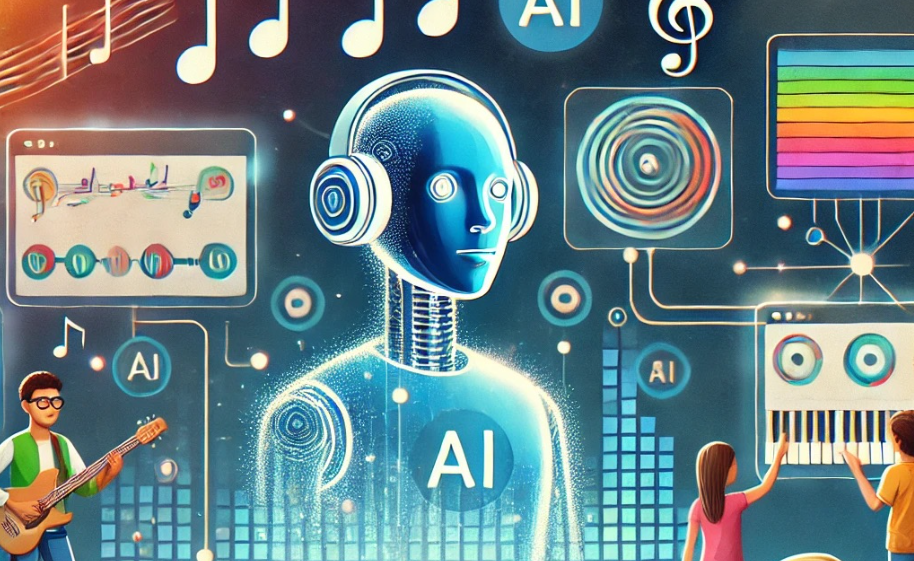
Music education has undergone a celebrity makeover through AI. Complex music theory becomes instantly more approachable when explained by familiar faces. Even if those musicians never actually recorded the lessons. Imagine learning jazz theory from an AI Miles Davis or understanding electronic production from a virtual Kraftwerk. Educational platform MusicMaster reports 300% higher completion rates for AI celebrity-taught courses compared to traditional instruction. The adoption of AI-powered music education tools is making complex musical concepts more accessible and engaging for learners of all ages.
These videos function like the educational equivalent of adding a killer hook to a textbook. Suddenly, music theory explained by an AI legend becomes irresistible. Students grasp difficult musical concepts more easily when presented through these engaging formats. The trend represents a fascinating intersection of entertainment and education. This makes learning feel less like homework and more like hanging out with your musical heroes.
3. AI-Generated Concert Experiences

The barriers to creating immersive concert experiences have collapsed. AI rendering creates visually stunning performance environments that once required massive production teams. Virtual concerts set in fantastical realms now appear with unprecedented visual detail. Independent artists can build rich performance narratives previously possible only for arena-touring superstars. Fortnite’s virtual concerts, now enhanced with AI generation, have attracted over 50 million viewers per event. Artists like Grimes are embracing Grimes AI-generated music to create immersive, interactive concert experiences that blend technology and artistry.
These videos build immersive concert worlds with detail that pulls viewers deeper into musical experiences. While distinguishing real performances from AI ones becomes increasingly challenging, the creative possibilities continue expanding rapidly. We’re witnessing the birth of concert experiences that exist entirely outside traditional venue constraints. Artists like Grimes and deadmau5 have already begun incorporating AI-generated environments into their live performances.
2. AI Horror Music Videos
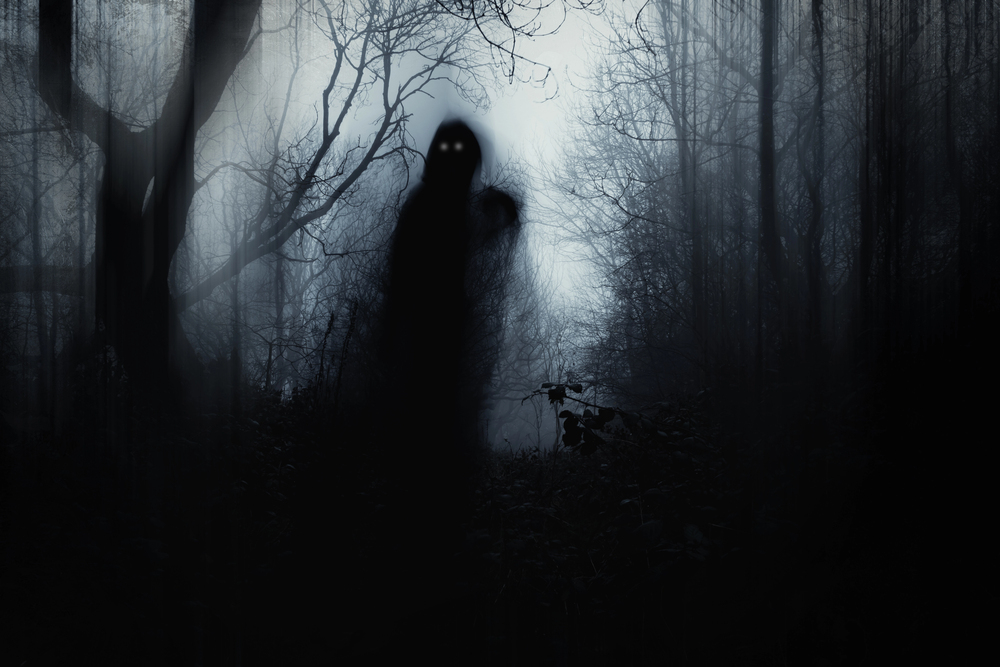
AI has mastered the art of unsettling viewers through horror-themed music videos. These tap into primal fears while maintaining musical integrity. The “abandoned recording studio” subgenre exemplifies this trend. It combines familiar musical settings with increasingly bizarre rules about strange occurrences. This creates mounting tension without overwhelming the actual music. Artist Purity Ring’s AI-enhanced videos have garnered 15 million views by perfecting this eerie aesthetic. The unsettling visuals and soundscapes in AI-generated horror music video showcase how AI is redefining the boundaries of music video storytelling.
These videos succeed by leveraging AI’s occasional uncanniness as a feature rather than a bug. The slight imperfections in rendering create a discomforting viewing experience. This mirrors the psychological dissonance of effective horror. Unlike traditional scary content, AI horror music videos feel uniquely unsettling. They occupy an uncomfortable space between familiar musical reality and obvious fiction. It’s the audio-visual equivalent of the uncanny valley.
1. AI-Generated Music and Artist Mockumentaries

The creative frontier continues expanding as AI generates both music and the complete stories behind fictional artists. Mockumentaries about non-existent musicians and their creation processes reveal bizarre possibilities. These challenge our understanding of authenticity in music itself. Projects like “The Velvet Machine” have created entire discographies for bands that never existed, complete with behind-the-scenes footage and fan testimonials. Platforms like Velvet AI by Almawave are enabling the creation of entire fictional music acts, complete with backstories and discographies.
From fictional bands to imaginary music movements, these videos push boundaries. They raise profound questions about artistry’s definition in the streaming age. As AI continues evolving, our understanding of original music content shifts accordingly. These trends represent not just entertainment but a fundamental reconsideration of creativity’s nature. We’re entering an era where the line between human and machine-generated music grows increasingly blurry.




